2,3-dimethylphenol
Synonym(s):3-Hydroxyl-o-xylene;vic.-o-Xylenol
- CAS NO.:526-75-0
- Empirical Formula: C8H10O
- Molecular Weight: 122.16
- MDL number: MFCD00002227
- EINECS: 208-395-3
- SAFETY DATA SHEET (SDS)
- Update Date: 2024-12-18 14:07:02
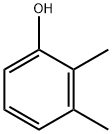
What is 2,3-dimethylphenol?
Chemical properties
brown crystalline solid. Slightly soluble in water, soluble in most organic solvents and alkali solutions.
The Uses of 2,3-dimethylphenol
2,3-Dimethylphenol is used for organic synthesis. It is used as the hardener to produce industrial furane, the raw material of producing xylenol specialized product and the assistant of the main raw material of detergent.
Preparation
2,3-Dimethylphenol is obtained by diazotization and hydrolysis of 2,3-xylidine.
General Description
2,3-dimethylphenol appears as colorless crystalline solid or brown chunky solid. Taste threshold concentration 0.03 mg/L. Odor threshold concentration 0.5 mg/L. (NTP, 1992)
Air & Water Reactions
Hygroscopic. Insoluble in water.
Reactivity Profile
Solutions of 1-Hydroxy-2,3-dimethylbenzene in water, DMSO, 95% ethanol or acetone should be stable for 24 hours under normal lab conditions. 1-Hydroxy-2,3-dimethylbenzene is incompatible with bases, acid chlorides, acid anhydrides, and oxidizing agents. 1-Hydroxy-2,3-dimethylbenzene corrodes steel, brass, copper, and copper alloys.
Fire Hazard
Flash point data for 1-Hydroxy-2,3-dimethylbenzene are not available. 1-Hydroxy-2,3-dimethylbenzene is probably combustible.
Flammability and Explosibility
Non flammable
Safety Profile
Poison bj 7 intravenous . route. When heated to decomposition it emits acrid smoke and irritating fumes. See also other xylenol entries.
Purification Methods
Crystallise 2,3-xylenol from aqueous EtOH. [Beilstein 6 IV 3096.]
Properties of 2,3-dimethylphenol
| Melting point: | 70-73 °C(lit.) |
| Boiling point: | 217 °C(lit.) |
| Density | 1.02~1.03 |
| vapor density | 4.23 (vs air) |
| vapor pressure | 59.995kPa at 25℃ |
| refractive index | 1.5420 |
| Flash point: | 95 °C |
| storage temp. | room temp |
| solubility | Chloroform (Sparingly), Methanol (Slightly) |
| form | powder to crystal |
| pka | pK1:10.50 (25°C) |
| color | White to Orange to Green |
| Odor | at 10.00 % in dipropylene glycol. phenolic chemical musty |
| Water Solubility | slightly soluble |
| Merck | 14,10082 |
| BRN | 1906267 |
| Exposure limits | ACGIH: TWA 1 ppm |
| CAS DataBase Reference | 526-75-0(CAS DataBase Reference) |
| NIST Chemistry Reference | Phenol, 2,3-dimethyl-(526-75-0) |
| EPA Substance Registry System | 2,3-Dimethylphenol (526-75-0) |
Safety information for 2,3-dimethylphenol
| Signal word | Danger |
| Pictogram(s) |
 Corrosion Corrosives GHS05  Skull and Crossbones Acute Toxicity GHS06  Environment GHS09 |
| GHS Hazard Statements |
H314:Skin corrosion/irritation H411:Hazardous to the aquatic environment, long-term hazard |
| Precautionary Statement Codes |
P260:Do not breathe dust/fume/gas/mist/vapours/spray. P273:Avoid release to the environment. P280:Wear protective gloves/protective clothing/eye protection/face protection. P303+P361+P353:IF ON SKIN (or hair): Remove/Take off Immediately all contaminated clothing. Rinse SKIN with water/shower. P305+P351+P338:IF IN EYES: Rinse cautiously with water for several minutes. Remove contact lenses, if present and easy to do. Continuerinsing. |
Computed Descriptors for 2,3-dimethylphenol
New Products
(S)-3-Aminobutanenitrile hydrochloride 4-Methylphenylacetic acid N-Boc-D-alaninol N-BOC-D/L-ALANINOL Tert-butyl bis(2-chloroethyl)carbamate 3-Morpholino-1-(4-nitrophenyl)-5,6-dihydropyridin- 2(1H)-one Furan-2,5-Dicarboxylic Acid Tropic acid 1-Bromo-3,5-Di-Tert-Butylbenzene S-2-CHLORO PROPIONIC ACID ETHYL ISOCYANOACETATE 2-Bromo-1,3-Bis(Dimethylamino)Trimethinium Hexafluorophosphate 4-IODO BENZOIC ACID 3-NITRO-2-METHYL ANILINE 1-(2,4-DICHLOROPHENYL) ETHANAMINE (2-Hydroxyphenyl)acetonitrile 4-Bromopyrazole 2-(Cyanocyclohexyl)acetic acid 4-methoxy-3,5-dinitropyridine 1-(4-(aminomethyl)benzyl)urea hydrochloride 2-aminopropyl benzoate hydrochloride diethyl 2-(2-((tertbutoxycarbonyl)amino) ethyl)malonate tert-butyl 4- (ureidomethyl)benzylcarbamate Ethyl-2-chloro((4-methoxyphenyl)hydrazono)acetateRelated products of tetrahydrofuran
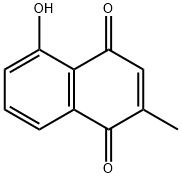
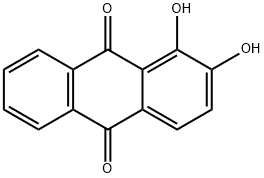
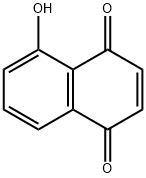
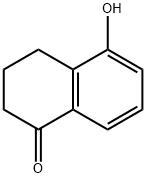

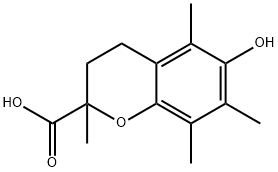
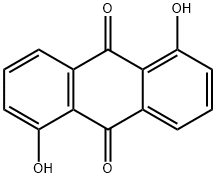
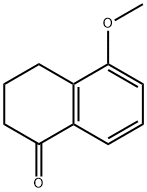
You may like
-
 526-75-0 2,3-Dimethylphenol, 98% 99%View Details
526-75-0 2,3-Dimethylphenol, 98% 99%View Details
526-75-0 -
 2,3-Dimethylphenol CAS 526-75-0View Details
2,3-Dimethylphenol CAS 526-75-0View Details
526-75-0 -
 2,3-Dimethylphenol CAS 526-75-0View Details
2,3-Dimethylphenol CAS 526-75-0View Details
526-75-0 -
 2,3-Dimethylphenol CAS 526-75-0View Details
2,3-Dimethylphenol CAS 526-75-0View Details
526-75-0 -
 1975-50-4 98%View Details
1975-50-4 98%View Details
1975-50-4 -
 2-HYDROXY BENZYL ALCOHOL 98%View Details
2-HYDROXY BENZYL ALCOHOL 98%View Details
90-01-7 -
 14714-50-2 (2-Hydroxyphenyl)acetonitrile 98+View Details
14714-50-2 (2-Hydroxyphenyl)acetonitrile 98+View Details
14714-50-2 -
 118753-70-1 98+View Details
118753-70-1 98+View Details
118753-70-1